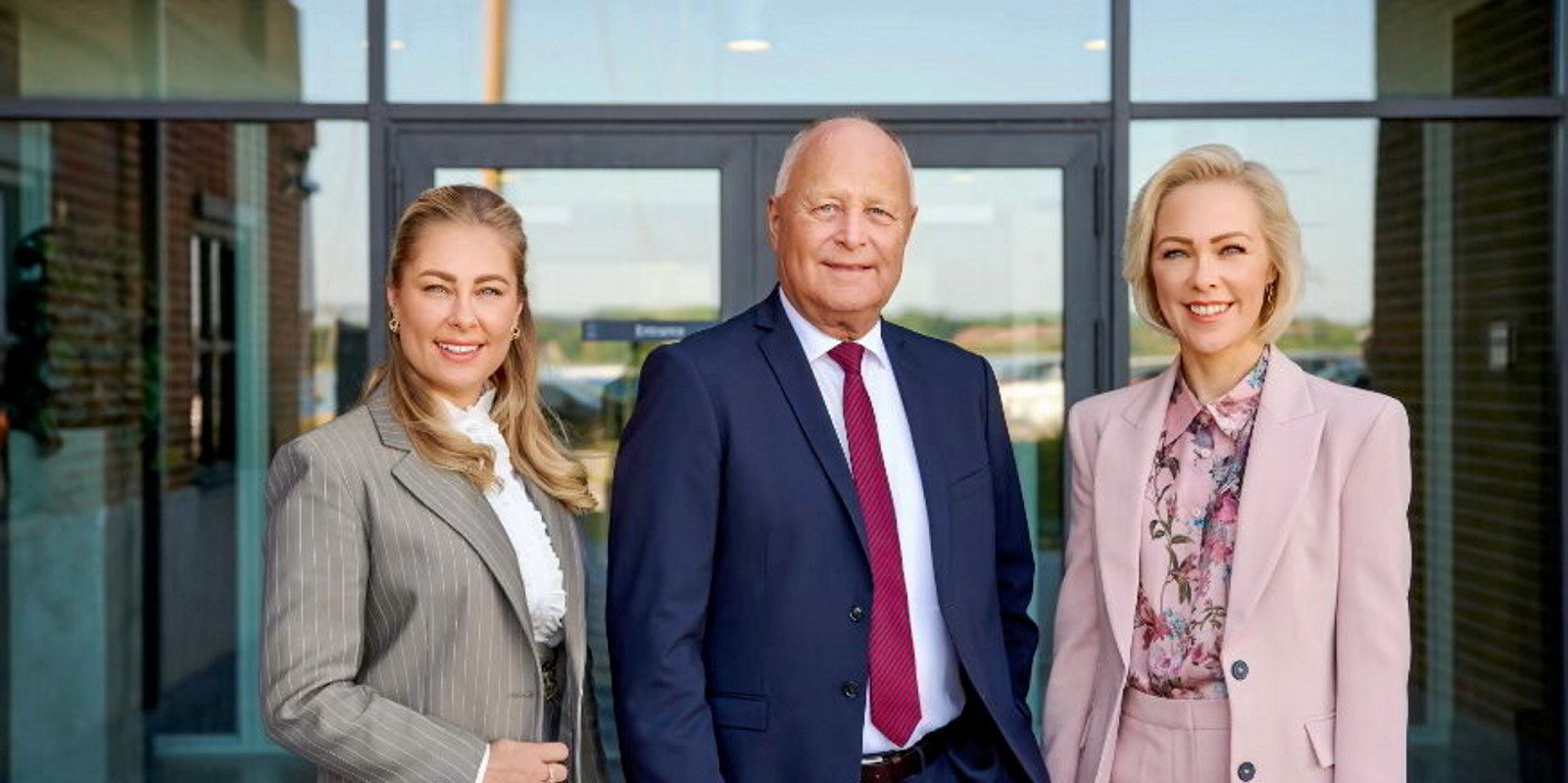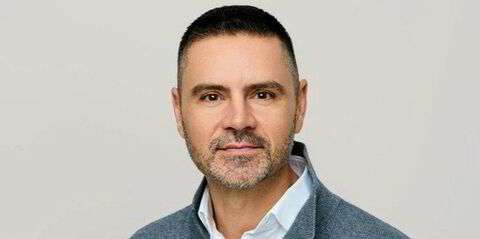Dry cargo operator Norvic Shipping has bought its first vessel — but it is not a bulk carrier.
The long-time bulker firm confirmed that it has purchased the 105,300-dwt LR2 product tanker Pro Alliance (built 2008) from SK Energy of South Korea.
Brokers reported the tanker sold in mid-April for $37m, ahead of its scheduled dry-docking in June and a special survey due in September.
The South Korean-built ship, which has been renamed Norvic Monia, is fitted with scrubbers and a ballast water treatment system.
The deal marks not only a shift in strategy from operator to owner-operator for Norvic, but also its return to the tanker segment. The company began life as a tanker operator when founder AJ Rahman started out in Canada in 2006 and has three or four aframaxes on charter at any one time. It moved into dry cargo in 2012.
Rahman told TradeWinds that buying a tanker will be more cost-effective in the current market than chartering one, which was the primary reason for doing the deal.
“There was a fundamental shift in the tanker market after the Ukraine war [began]. A lot of the owners got involved in lifting Russian crude and they have kind of taken their vessels out of the spot market and are getting involved in this Russian trade, where they’re making insane amounts of money, like $80,000 to $100,000 [day] rates,” he said.
“For operators like us, it has become extremely difficult to get a vessel from the market — and the vessels we are getting from the market, we are also paying through the roof, almost to compete with those Russian numbers.
“The only alternative we had is actually to convert ourselves into owners and replace the requirements that we have on the tanker side, which we are chartering from other owners, basically to replace those requirements with our own tonnage.”
The purchase was funded with a new loan from a “major shipping bank”.
Norvic plans to buy at least one more tanker in the coming months, depending on supply and demand, Rahman added. Right now, it is only looking for older scrubber-fitted LR2s, which can switch between clean and dirty trades.
“Older tankers, economically, they’re most viable because the newer you go, the more expensive it gets,” he said.
“The current market is not going to be there forever. We think that the upcoming tanker market probably will survive between two to three years.
Norvic typically operates 130 to 150 vessels on average at any one time and last year said it hopes to get this up to 300.
About 60% of the operated fleet are supramaxes and ultramaxes, 30% are handysizes and the rest panamaxes.
Founder and chairman AJ Rahman told TradeWinds last year that its panamax business is growing and Norvic aims to grow its presence within the post-panamax and baby-capesize segments.
Norvic says it has capacity to transport more than 60m tonnes of dry cargo, crude oil and petroleum products each year.
The New York-headquartered company employs more than 180 people across its network of 11 offices worldwide.
Rahman moved to Canada from Bangladesh in 1999 and launched Norvic seven years later. Now a Canadian citizen, he is a permanent US resident, living in New York.
“In my opinion, five years from today, the market will be dominated by newbuildings, which are much more eco-friendly … those vessels will come online probably in four to five years’ time — so we think that the best value for a tanker is to buy 15 years old, with a clear target to use it for five years.”
Rahman said Norvic would “absolutely” look at buying bulkers but will continue to focus on being an operator. Buying ships would simply be a way to hedge some of its charter exposure.
“The environmental regulations are getting much tougher, not enough newbuilding orders are going through — so that’s a recipe for a perfect storm, and in shipping it means that rates for the bulkers are going to hold up. Right now, we are seeing a little bit of a pullback, but this is a very, very seasonal thing in our opinion,” he said.
Last November, Rahman said Norvic’s immediate plan was to grow its core operating business and it had a long-term vision to become more involved in dry cargo logistics for customers.
But finding dry bulk logistics companies to acquire in developing markets is easier said than done.
“When we are finding an opportunity, either they’re asking for too high a price or they are not meeting our standard or we are not able to really look at an asset where we can do an acquisition in a location that we would like to go to,” he said.
For some time now, Norvic has been evaluating its next steps, including the possibility of going public. Rahman said that is still what the company would like to do, but first, he wants to increase annual turnover from the current $1.3bn to around $3bn over the next three to five years and invest in more assets to achieve a “meaningful valuation”.




